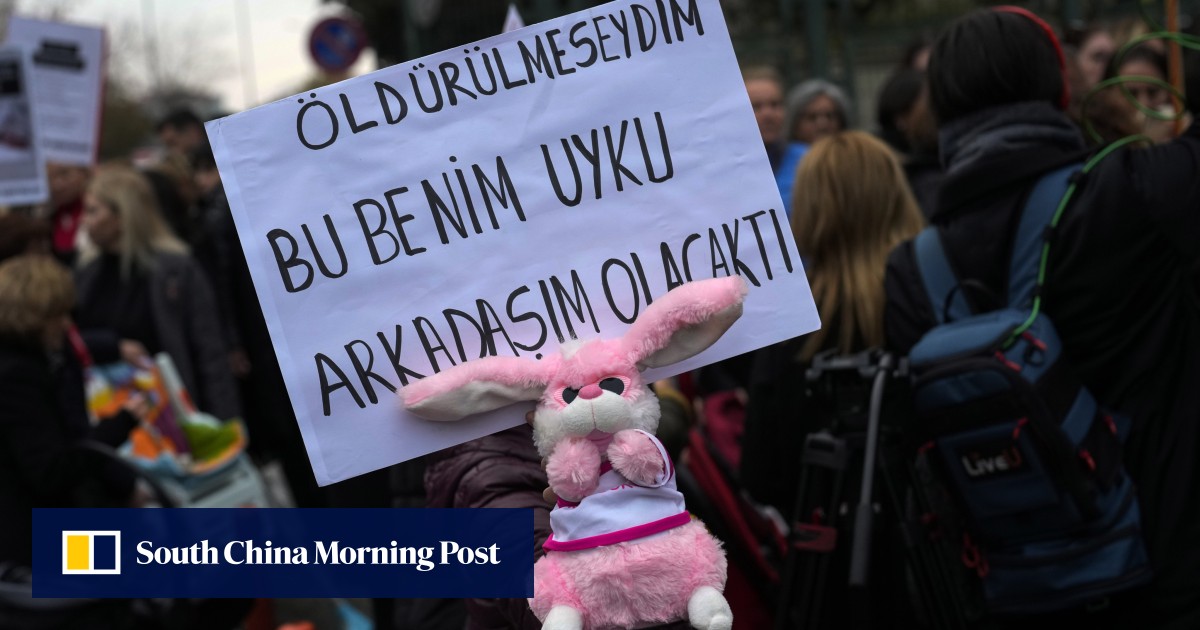
Updated
Nov 19, 2024, 12:26 AM
Published
Nov 18, 2024, 11:40 PM
NEW DELHI – Schools were shut on Nov 18 onwards and offices advised to operate at half capacity as pollution levels in India’s capital and surrounding areas surged to their worst levels this winter – continuing a grim annual trend as cold and calm weather sets in and traps pollutants from various sources.
The Air Quality Index (AQI) in Delhi hit 494 on the afternoon of Nov 18, the worst such reading for November in recent years. AQI values can range from “Good” (0-50) to “Severe+” (451-500).
The same day, PM2.5 levels in the city crossed 410 micrograms per cubic metre of air (µg/m3), more than 25 times the 24-hour safe limit prescribed by the World Health Organisation. Fine particulate matter (PM2.5) can penetrate the lungs, causing cardiovascular and respiratory diseases.
“We are now mentally prepared that each year schools are going to shut down for a pollution break after Diwali and classes will move online,” said Ms Anju Sharma, a 40-year-old housewife living in Delhi, whose nine-year-old twins have been studying online since Nov 14.
Schools in the city are now shut “until further orders” and the Sharmas’ children have been allowed to play only indoors since last week, when pollution levels started worsening. Yet, the twins have been complaining of breathlessness, said their mother.
Delhi’s major year-round sources of pollution include vehicular emissions and dust from construction activities. Solid waste burning and the use of dirty fuels in poorly monitored and illegal industries in the city are other key sources, besides the use of wood as a cooking fuel by its urban poor.
This cocktail of emissions worsens each year at the onset of winter, due to the use of firecrackers during Diwali and by emissions from stubble burning as farmers clear harvested padi fields for wheat season.
Reacting to the rising pollution levels this time, the authorities imposed tighter pollution control measures, such as restricting the entry of trucks and suspending construction activities from 8am on Nov 18.
Still, there is no immediate respite in sight for Delhi’s residents.
The Indian Institute of Tropical Meteorology has forecast air quality in the city to be in the “very poor” category for much of this week, as meteorological conditions remain “extremely unfavourable for effective dispersion of pollutants”.
During winter, the ground loses heat very quickly, cooling the air that is in contact with it but leaving a layer of warmer air above. This warm layer acts as a trap for pollutants, which worsens air quality during colder months.
Perennial problem
A number of measures taken in India’s capital city over the years, such as expanding its MRT or metro network and rolling out electric buses, have helped improve its air quality somewhat, but these gains have diminished as the number of private vehicles continues to surge.
The daily average AQI in the city fell from 225 in 2018 to 204 in 2023, and the daily average PM2.5 level also came down from 114µg/m3 to 100µg/m3 in the same period.
Still, Delhi has to curtail the use of private vehicles and ramp up its public transport system, said Mr Karthik Ganesan, a fellow and director for strategic partnerships at Delhi-based think-tank Council on Energy, Environment and Water.
It also has to strengthen its system for monitoring vehicular emissions, and penalise those violating emission norms.
“We have a massive task of cutting back on what we’re emitting now. And that means a big relook at how we are operating as a city and as a region,” he told The Straits Times.
Vehicular pollution is often overlooked, experts say, because most of it is dissipated thanks to favourable meteorological conditions during non-winter months.
And in winter, when pollution levels spike and become more visible, the blame is mostly laid on farm fires as their share in the pollution load increases.
In recent days, the contribution of farm fires to Delhi’s PM2.5 load has increased with north-westerly winds blowing in from Punjab and Haryana, with farm emissions even surpassing vehicular emissions to cross 25 per cent of the total load in the city.
This inflow of pollutants into the capital has strengthened calls for coordinating anti-pollution efforts over a wider “airshed” area – one that goes beyond Delhi’s boundaries. The city’s airshed, which is estimated to span a region with a radius of around 150km to 200km, includes parts of Uttar Pradesh, Haryana, Rajasthan and Punjab.
However, a Nov 6 report by the Centre for Science and Environment (CSE), a Delhi-based non-profit, said vehicular pollution contributed more to local air pollution in the city than stubble burning from neighbouring states from Oct 12 to Nov 3, and was the top local source of PM2.5 pollution during this period.
New Delhi, which has an estimated population of 16 million, has 7.9 million vehicles, according to the Economic Survey 2023-24.
The vast majority of these are private two-wheelers and cars. The number of buses, on the other hand, was just 7,683 as at July, far lower than a 1998 Supreme Court directive for 10,000 buses.
Mr Shubham Srivastava, programme officer for sustainable mobility at CSE, said Delhi’s authorities must implement measures to disincentivise the city’s ballooning private vehicle ownership.
“Demand restraint” measures can include high parking rates and “low emission zones” that allow the free entry of electric and low-polluting vehicles, while charging a fee for other vehicles to do so.
But this has to go hand in hand with efforts to boost public transport – the frequency of buses must be ramped up, and reliable and efficient last-mile connectivity ensured through “paratransit” means such as autorickshaws and cabs, he added.
“People are losing more and more confidence in public transport, which is why they are shifting to personal modes,” Mr Srivastava told ST.
According to the CSE report, the ridership of Delhi Transport Corporation’s buses is still 25 per cent lower than pre-Covid-19 levels. The corporation is the largest operator of buses in the city.
New Delhi has been consistently rated as the world’s most polluted capital by IQAir, a Swiss air quality technology company.
It is a city where an average resident loses 7.8 years of his life because of air pollution, according to an Air Quality Life Index report released in August.
Yet, the authorities in India have dismissed such studies.
Mr Ganesan said India can no longer be “equivocal” about the impact of air pollution on the health of its citizens.
“We have to realise that, more than climate change, it is the impact of air pollution on our current generation that is perhaps a bigger threat to our economy with the debilitating impacts that it can leave,” he added.

 By The Straits Times | Created at 2024-11-18 16:34:38 | Updated at 2024-11-18 18:24:54
2 hours ago
By The Straits Times | Created at 2024-11-18 16:34:38 | Updated at 2024-11-18 18:24:54
2 hours ago








